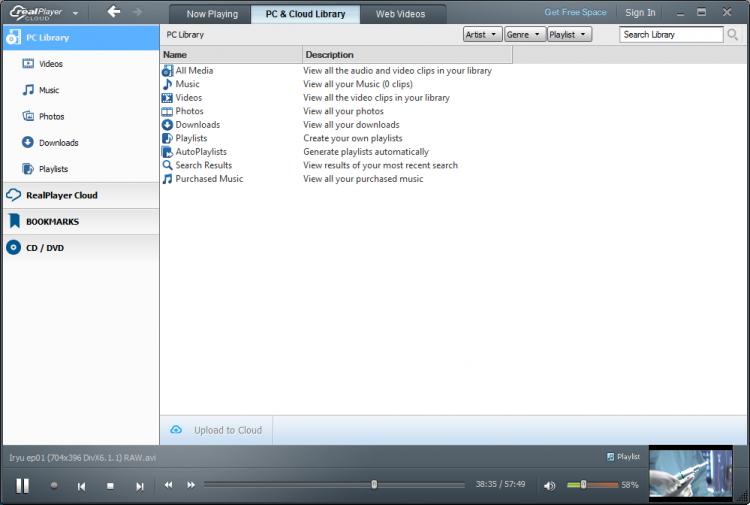

So for existing leagues, if you want them to continue behaving as they have so far, take the square root of your current RPDD setting. In my unscientific testing, it feels about right. So now 0.5 will behave like 0.5 2, which is 0.25. I kept the orignal method, but squared the RPDD factor. Instead I did something much simpler, and possibly stupider. meh, I don't really want to deal with it. Yeah it'd only need to be done in leagues with RPDD, except if it was toggled on and off at different times, but that could be tracked too. But it would introduce some complexity with tracking two sets of ratings. That would not have the same problem as idea #1. To update the "influenced by RPDD ones", take a weighted average between real player ratings and random ratings. Then to update the random ones, use normal player development. Idea #2: Keep two sets of ratings per player: one influenced by RPDD, and one not (let's call it "random"). What if it's going from an 80 to a 100? That could happen if we were blindly applying real progs to random ratings, which could result in overpowered players. That's fine if it's going from a 40 to a 60. In real player rosters, sometimes players experience very big ratings jumps. However it would introduce another problem. This would get rid of that constant averaging with real player ratings that grows to dominate player ratings even at relatively low values of RPDD. Idea #1: Switch from combining the ratings (as mentioned above, ratings = RPDD * realRatings + (1-RPDD) * ratings) to just combining the progs ( ratings = ratings + (RPDD * realProgs + (1-RPDD) * progs)). He proposed a couple potentially better ways for implementing RPDD: Dobson (aka nicidob) of course had some thoughts on this. That may sound okay at first glance, but the problem is that every single year you're averaging a player's real ratings into the random ratings, and their real ratings tend to be correlated pretty well across years, so the real ratings will come to dominate the random ratings. Combine that with the player's real ratings for the new season - RPDD% comes from the real ratings, and (1-RPDD)% comes from normal player development.Run the normal player development algorithm.The initial implementation worked like this, to find the new ratings for every player in a new season: Why does it work that way? Because of the stupid way I implemented it. 30% should not be almost exactly the same as 100%. You may have noticed that if you set it to anything above about 30%, the results feel about the same. The "real player development determinism" (RPDD) setting has existed for a little while now, but it behaves somewhat unintuitively.


 0 kommentar(er)
0 kommentar(er)
